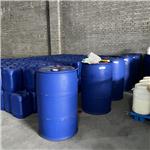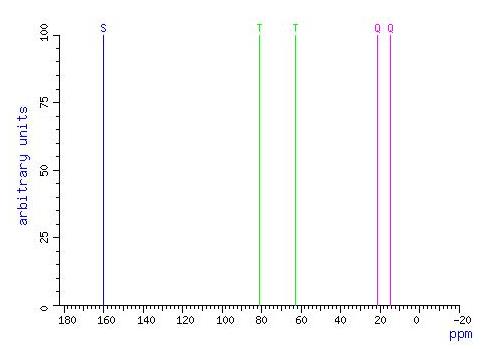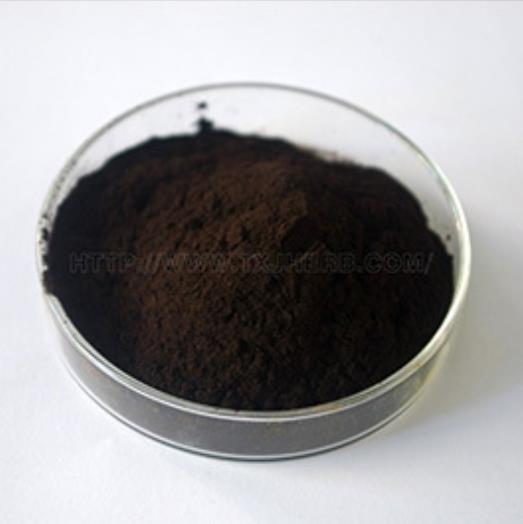The mechanism of action and application of 2-Ethoxypropene
Introduction
2-Ethoxypropene, a compound known for its distinctive role in the realm of chemical synthesis and industry, stands as a focal point for researchers and professionals seeking innovative solutions in material science, pharmaceutical development, and beyond. Characterized by its unique chemical properties and versatility, 2-Ethoxypropene has carved a niche for itself as an indispensable agent in myriad chemical reactions[1].

Figure 1 Characteristics of 2-Ethoxypropene
Mechanism of Action
The chemical efficacy of 2-Ethoxypropene is deeply rooted in its mechanism of action, which plays a pivotal role in its application across a wide range of chemical reactions and processes. As an alkene with a versatile ethoxy group, 2-Ethoxypropene exhibits remarkable reactivity towards nucleophiles, making it a valuable asset in organic synthesis, particularly in Michael additions and aldol condensations.
At the molecular level, 2-Ethoxypropene acts as an electron-rich alkene, readily forming bonds with electron-deficient partners. This ability is crucial for its involvement in polymerization reactions, where its reactivity can be harnessed to create polymers with specific properties and functions. The presence of the ethoxy group further influences the reactivity of the compound, offering steric hindrance and electronic effects that can be manipulated to control reaction outcomes.
Recent studies have highlighted the utility of 2-Ethoxypropene in catalytic processes, where it serves as an intermediate in the synthesis of complex molecules. Its role in catalysis is often associated with its capacity to undergo facile transformations, contributing to the formation of carbon-carbon and carbon-oxygen bonds, essential building blocks in organic chemistry.
Moreover, the environmental aspect of using 2-ethoxy propene has gained attention. Researchers are exploring its use in green chemistry applications, aiming to minimize the environmental impact of chemical processes. Its mechanism of action, particularly in reactions that proceed under mild conditions, supports the development of more sustainable and eco-friendly chemical practices.
Applications
The utility of 2-Ethoxypropene extends across a diverse array of fields, underlining its importance in both academia and industry. Its applications are vast and varied, ranging from the synthesis of pharmaceuticals to the production of advanced materials and beyond. This section explores several key areas where 2-Ethoxypropene makes a significant impact[2].
Pharmaceutical Synthesis
In the pharmaceutical industry, 2-ethoxy propene is utilized in the synthesis of various active pharmaceutical ingredients (APIs). Its reactivity makes it an ideal candidate for constructing complex molecular structures that form the backbone of many drugs. For example, it can facilitate the formation of carbon-carbon bonds, a crucial step in building the molecular frameworks of certain therapeutic agents.
Material Science
Within the realm of materials science, 2-Ethoxypropene contributes to the development of novel polymers and plastics. Its ability to undergo polymerization reactions allows scientists to engineer materials with specific properties, such as enhanced durability, flexibility, or biodegradability. These materials find applications in everything from packaging and textiles to biomedical devices.
Agricultural Chemistry
The compound's role in agricultural chemistry is notable, particularly in the synthesis of pesticides and herbicides. The unique chemical properties of 2-Ethoxypropene enable the creation of effective compounds that target specific pests or weeds, improving crop yields and farming efficiency.
Green Chemistry
Emphasizing sustainability, 2-Ethoxypropene is increasingly prominent in green chemistry initiatives. Its use in environmentally friendly reaction conditions reduces the need for harsh reagents and solvents, contributing to safer, cleaner, and more sustainable chemical processes. This aligns with the broader goals of reducing the chemical industry's environmental footprint.
Research and Development
Beyond its immediate industrial applications, 2-Ethoxypropene is a subject of ongoing research. Scientists are exploring its potential in new reactions and processes, pushing the boundaries of what's possible in synthetic chemistry. This research not only deepens our understanding of the compound but also opens up new possibilities for its application.
References
[1]Lv C, Du L, Tsona N T, et al. Atmospheric Chemistry of 2-Methoxypropene and 2-Ethoxypropene: Kinetics and Mechanism Study of Reactions with Ozone[J]. Atmosphere, 2018, 9(10): 401.
[2]AWAN I A, Flowers M C. Kinetics of the Thermal Gas—phase Decomposition of 2—Ethoxypropene[J]. 1988.
Related articles And Qustion
Lastest Price from 2-Ethoxypropene manufacturers

US $0.00-0.00/KG2025-04-15
- CAS:
- 926-66-9
- Min. Order:
- 1KG
- Purity:
- 99%
- Supply Ability:
- 500000kg

US $5.00-2.00/KG2024-10-11
- CAS:
- 926-66-9
- Min. Order:
- 1KG
- Purity:
- 99%
- Supply Ability:
- 10000kg



